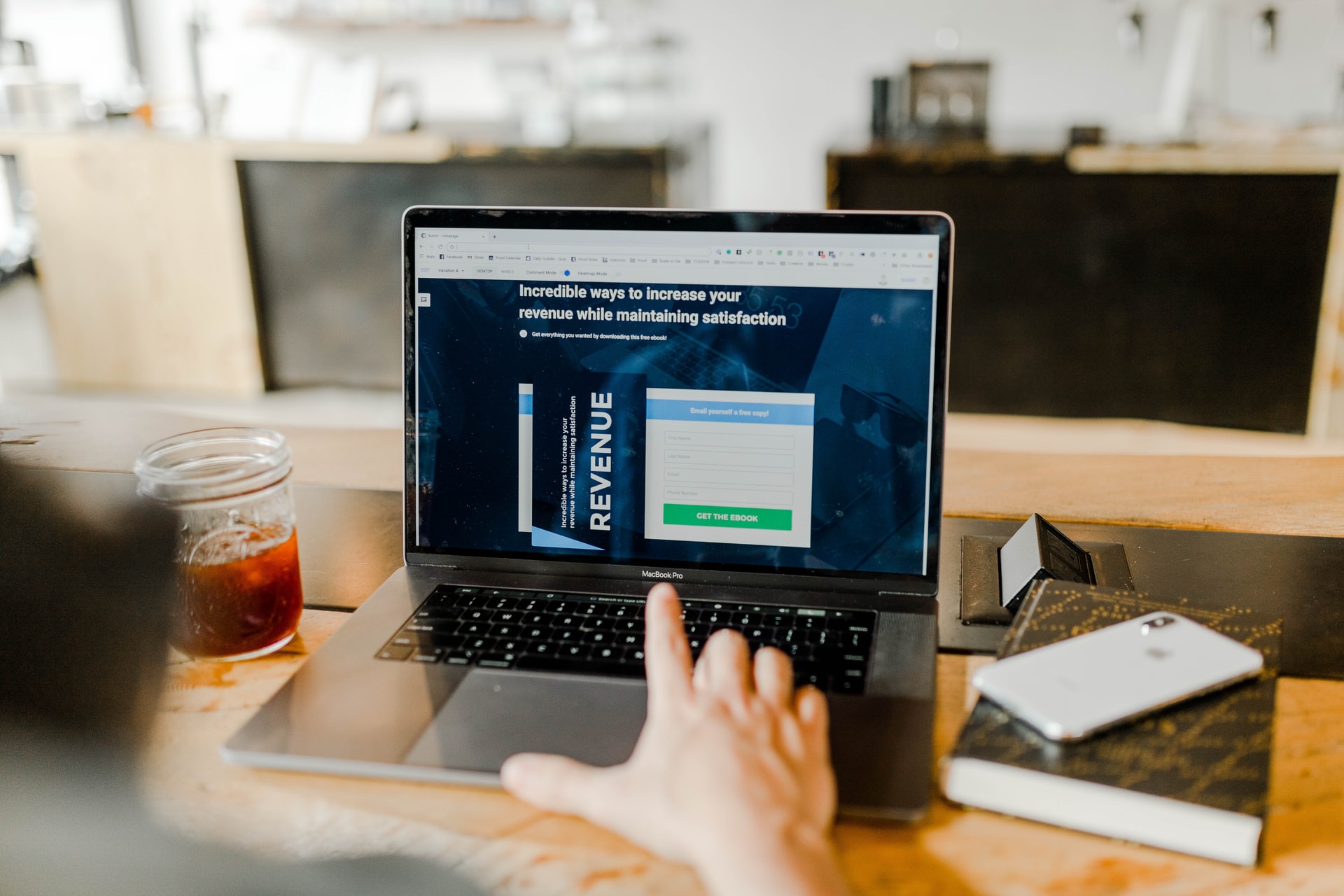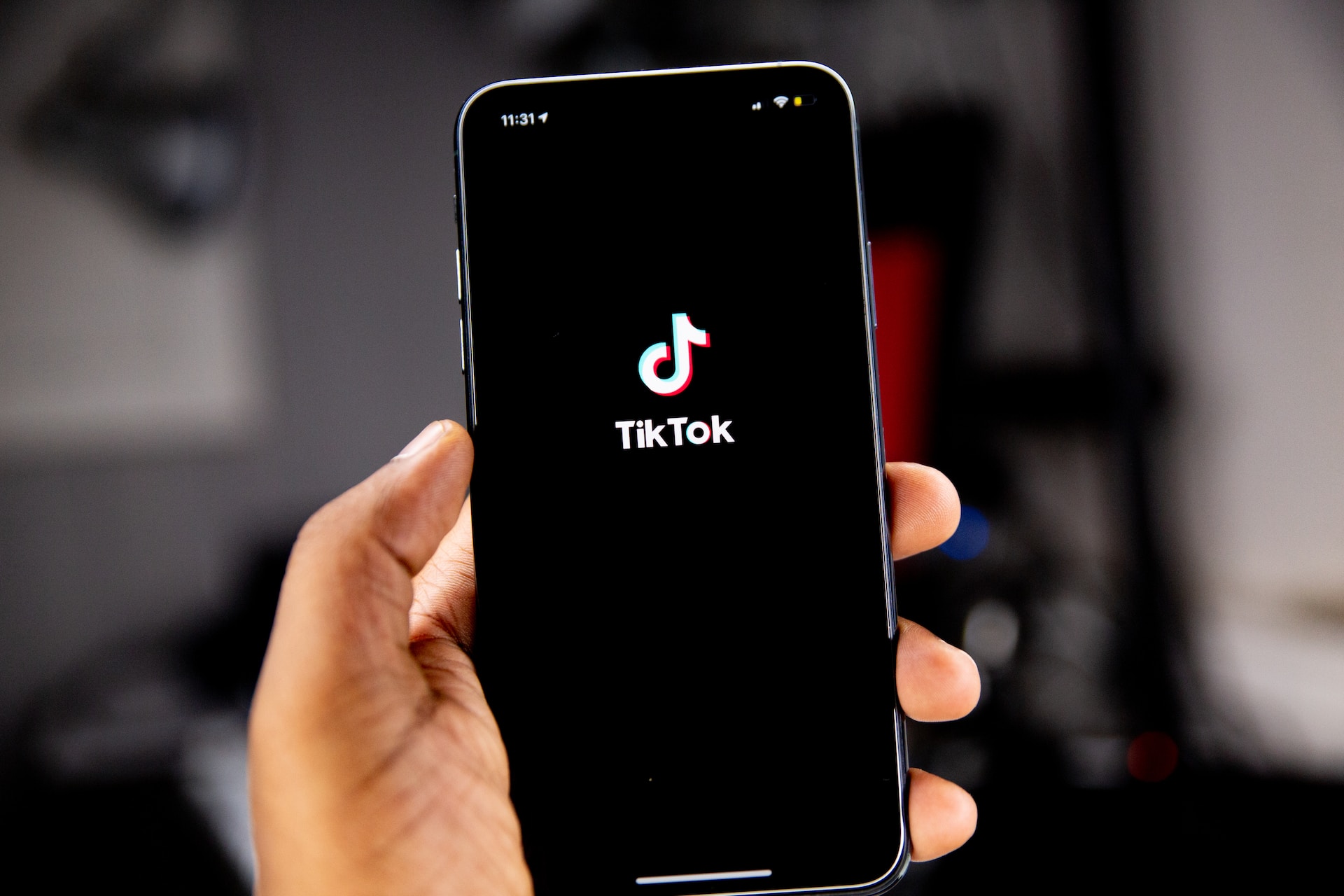In this challenging economic environment, it is now more important than ever to maximise the value that you’re able to extract from the visitors on your website as a B2B business. This process is known as conversion rate optimisation.
Session Media is a PPC agency based in Surrey, UK and they specialise in running digital marketing campaigns for B2B businesses. They have put together a very handy B2B lead generation guide on their website. They have also put together a really good list below of tips to follow to help improve your conversion rates.
Track everything (correctly)
Before you can improve anything on your website, you need to ensure that you’re tracking everything correctly. This means that you need to look into your tracking software, such as Google Analytics for example, and make sure that all the correct filters are in place.
That you’re tracking all the correct goals, and you’re also excluding traffic that would skew your reports, for example, robot traffic.
Make your website safe
You need to establish trust very quickly with your website visitors. And one of the best ways to do this straight away is by showing an SSL or HTTPS certificate on your website which shows that the website is encrypted and therefore secure.
Make your website fast
Studies show that around 40% of website visitors will just give up on a page if it takes longer than three seconds to load. Therefore you must make sure that your webpage loads as quickly as possible for the user.
Communicate your message
In an age of short attention spans, it is very important that your customer immediately understands what your webpage is trying to communicate. And a great way of doing this is by matching what is in your header to the core message that you want to convey on your webpage.
Give a clear CTA
90% of the people who will read the heading of your page will also read the call to action. Therefore make sure that the call to action button is visible and that it communicates a very clear message which is a natural progression from the rest of the copy on the webpage.
Show that you are credible
Another great way of establishing trust with your potential customers is by showing them other reputable brands that have engaged with you before or clients who’ve had successful engagements with you. This helps build your credibility and gives your potential customers the confidence to engage with you.
Get to the point with your copy
When it comes to copy on your landing pages, less is often more. This doesn’t mean that long-form copy doesn’t convert. However, you need to also make sure that you get to the point and communicate your key message in as few words as possible.
Use videos properly
While videos can be a great way to communicate complicated concepts, it’s important to make sure that you’re embedding videos correctly. For example, if you have YouTube videos embedded on your webpage, make sure that you have disabled the ‘related videos’ feature to prevent competitor videos from potentially playing on your website.
Show reviews from your other customers
Potential customers will believe other customers much more than they will believe you. So if you do have reviews from your existing customers, especially if they are positive reviews, make sure you use this to your advantage and display these reviews as prominently as possible on your landing pages.
Make sure your content is valuable
B2B sales cycles tend to be much longer than B2C sales cycles. This is because B2B decision-makers need a lot of information and often need to convince a lot of people within their organisation before they’re able to make a purchase.
Your job, therefore, is to help the B2B buyer in whatever way you can to get consensus within their organisation and make the purchase.
You can do so by providing valuable content at each step of the buyer journey and educating your prospects so that by the time they arrive on your conversion landing page, they already have all the information they need. And they simply have to make the purchase.
Keep your forms brief
It’s tempting to include a bunch of different form fields within your forms on landing pages so that you can capture as much information about your prospects as possible and tailor your marketing accordingly.
However, this must be balanced out with the reality that every extra form field that you expect your prospects to fill decreases the likelihood that they will fill out the whole form and submit it.
Therefore, it’s a good idea to prioritise the information that you need at that first touchpoint and leave the rest for your follow-up conversations.
There is, of course, a lot more that goes into optimising your lead generation strategy. However, following the tips above will ensure that you have your fundamentals in place and are off to as good a start as possible.
















